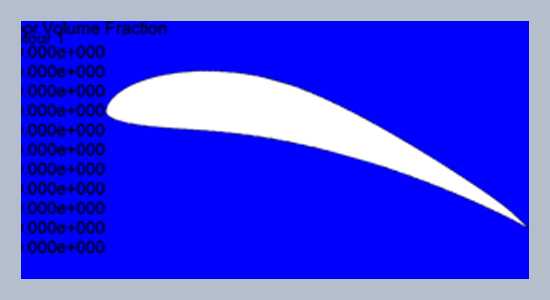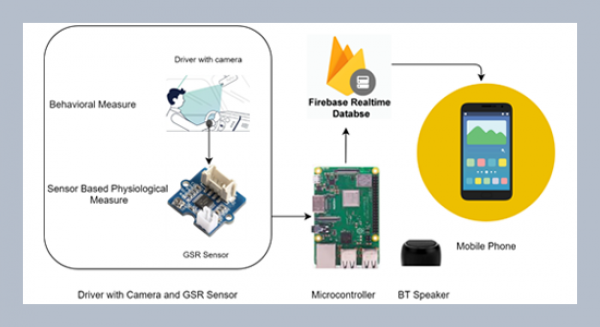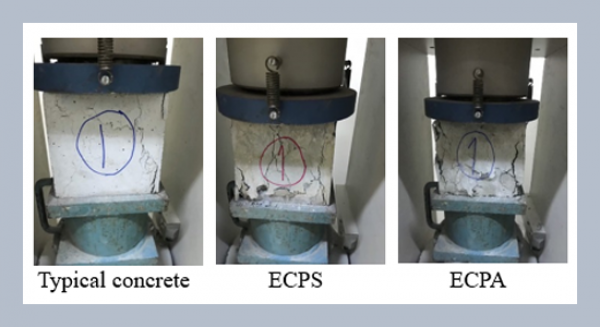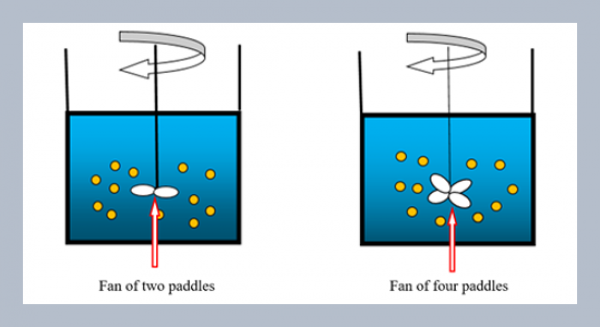REFERENCES
- Aguilar, J., Rubio-Clemente, A., Velasquez, L., Chica, E. 2019. Design and optimization of a multi-element hydrofoil for a horizontal-axis hydrokinetic turbine. Energies, 12, 4679.
- Amromin, E., Kopriva, J., Arndt, R, Wosnik, M. 2006. Hydrofoil drag reduction by partial cavitation. Journal of Fluid Engineering, 128, 931–936.
- Amromin, E. 2014. Design approach for cavitation tolerant hydrofoils and blades. Journal of Fluids and Structures, 45, 96–106.
- Batten, W.M.J., Bahaj, A.S., Molland, A.F., Chaplin, J.R. 2008. The prediction of the hydrodynamic performance of marine current turbines. Renewable Energy, 33, 1085–1096.
- Capurso, T., Lopez, M., Lorusso, M., Torresi, M., Pascazio, G., Camporeale, S.M., Fortunato, B. 2017. Numerical investigation of cavitation on a NACA0015 hydrofoil by means of OpenFOAM. Energy Procedia, 126, 794–801.
- Cervone, A., Bramanti, C., Rapposelli, E., D’Agostino, L. 2006. Thermal cavitation experiments on a NACA 0015 hydrofoil. J. Fluids Eng. Trans. ASME, 128, 326–331.
- Chen, T., Huang, B., Wang, G., Zhao, X. 2016. Numerical study of cavitating flows in a wide range of water temperatures with special emphasis on two typical cavitation dynamics. International Journal or Heat and Mass Transfer. 101, 886–900.
- da Silva, P.A.S.F., Shinomiya, L.D., de Oliveira, T.F., Vaz, J.R.P., Mesquita, A.L.A., Junior, A.C.P.B. 2015. Design of hydrokinetic turbine blades considering cavitation. Energy Procedia, 75, 277–282.
- Eisele, O., Pechlivanoglou, G. 2014. Single and multi-element airfoil performance simulation study and wind tunnel validation. Wind energy impact of turbulence. Berlin, Germany: Springer, 1722.
- Gaunaa, M., Zahle, F., Sorensen, N.N., Bak, C., Rethore, P.E. 2013. Rotor performance enhancement using slats on the inner part of a 10 MW rotor. Proceedings of EWEA 2013—European Wind Energy Conference & Exhibition, Vienna, Austria, European Wind Energy Association (EWEA).
- Gaunaa, M., Zahle, F., Sorensen, N.N., Bak, C. 2012. Quantification of the effects of using slats on the inner part of a 10 MW rotor. Proceedings of EWEA 2012—European wind energy conference & exhibition, Copenhagen, Denmark, European Wind Energy Association (EWEA).
- Gharraee, B., Eskilsson, C., Bensow, R., Vaz, G. 2016. Numerical simulation of cavitation on a horizontal axis tidal turbine. Proceedings of the 26th International Offshore and Polar Engineering Conference, ISOPE. The International Society of Offshore and Polar Engineers ISBN 9781880653883. 709–716. Rhodes, Greece 26 Jun-1 Jul.
- Goundar, J.N., Ahmed, M.R., Lee, Y.H. 2012. Numerical and experimental studies on hydrofoils for marine current turbines. Renewable Energy, 42, 173–179.
- Hong, F., Gao, Z., Yuan, J. 2018. Improvement and application of cavitation model based on Rayleigh-Plesset equation. Journal of Agricultural Machinery, 49, 126–132.
- Hong, F., Yuan, J., Zhou, B. 2016. Evaluation and analysis of improved Schnerr-Sauer model in hydrofoil cavitation simulation. Journal of Harbin Engineering University, 37, 885–890.
- Jaume, A.M., Wild, J. Aerodynamic design and optimization of a high-lift device for a wind turbine airfoil. New results in numerical and experimental fluid mechanics X. Switzerland: Springer; 2016, 85969.
- Jung, J.H., Kim, B.S. 2015. Rotor-blade shape design and power-performance analysis for horizontal-axis tidal turbine using CFD. Transactions of the Korean Society of Mechanical Engineers, 39, 661–668.
- Kim, J., Lee, J.S. 2015. Numerical study of cloud cavitation effects on hydrophobic hydrofoils. International Journal of Heat and Mass Transfer, 83, 591–603.
- Prakoso, A.P., Siswantara, A.I., Adanta, D. 2019. Comparison between 6-DOF UDF and moving mesh approaches in CFD methods for predicting cross-flow pico-hydro turbine performance. CFD Letters, 11, 86–96.
- Narsipur, A., Pomeroy, B., Selig, M. 2012. CFD Analysis of multielement airfoil for wind turbines. 30th AIAA Applied Aerodynamics Conference (2012). 2781.
- Ragheb, A., Selig, M. 2011. Multi-element airfoil configurations for wind turbines. In 29th AIAA Applied Aerodynamics Conference (2011). 3971.
- Roache, P.J. 1994. Perspective: a method for uniform reporting of grid refinement studies. Journal of Fluids Engineering, 116, 405–413.
- Roache, P.J. 1997. Quantification of uncertainty in computational fluid dynamics. Annual review of fluid Mechanics, 29, 123–160.
- Sale, D., Jonkman, J., Musial, W. 2009. Hydrodynamic Optimization Method and DesignCode for Stall-Regulated Hydrokinetic Turbine Rotors. ASME 28th InternationalConference on Ocean, Offshore, and Arctic Engineering Honolulu, Hawaii.31 May to 5 June 2009.
- Schnerr, G.H., Sezal, I.H., Schmidt, S.J. 2008. Numerical investigation of three-dimensional cloud cavitation with special emphasis on collapse induced shock dynamics. Physics of Fluids, 20, 040703.
- Shi, Z., Xie, Z., Shi, W., Zhang, Q., Tan, L. 2021. Numerical investigation on cavitation suppression of microchannel over a NACA0012 hydrofoil. Shock and Vibration, 2021, Article ID 6641839, 10, 2021.
- Singh, S., Danish, M., Saha, K. 2019. Computational investigation of cavitating flow around two dimensional Naca 4424 and MHKF-240 hydrofoil. Vibroengineering Procedia, 29, 159–164.
- Wang, S., Sheng, C., Yuan, P., Tan, J., Zhang, K. 2015. Numerical simulation of cavitation on horizontal axis tidal current turbine. Taiyangneng Xuebao/Acta Energiae Solaris Sinica, 36, 522–528.
- Yavuz, T., Koç, E., Kılkış, B., Erol, Ö., Balas, C., Aydemir, T. 2015. Performance analysis of the airfoil-slat arrangements for hydro and wind turbine applications. Renewable energy, 74, 414–421.
- Ye, W., Yi, Y., Luo, X. 2020. Numerical modeling of unsteady cavitating flow over a hydrofoil with consideration of surface curvature,” Ocean Eng., 205, March, 2020.
- Zahle, F., Gaunaa, M., Sorensen, N.N., Bak, C. Design and wind tunnel testing of a thick, multi-element high-lift airfoil. Proceedings of EWEA 2012—European Wind Energy Conference & Exhibition, Copenhagen, Denmark, European Wind Energy Association (EWEA); 2012.
- Zhang, L., Fang, L., Zhang, X. 2015. Study on cavitation characteristics of horizontal axis tidal turbine. Huazhong Keji Daxue Xuebao (Ziran Kexue Ban)/Journal of Huazhong University of Science and Technology (Natural Science Edition), 43, 50–54.















